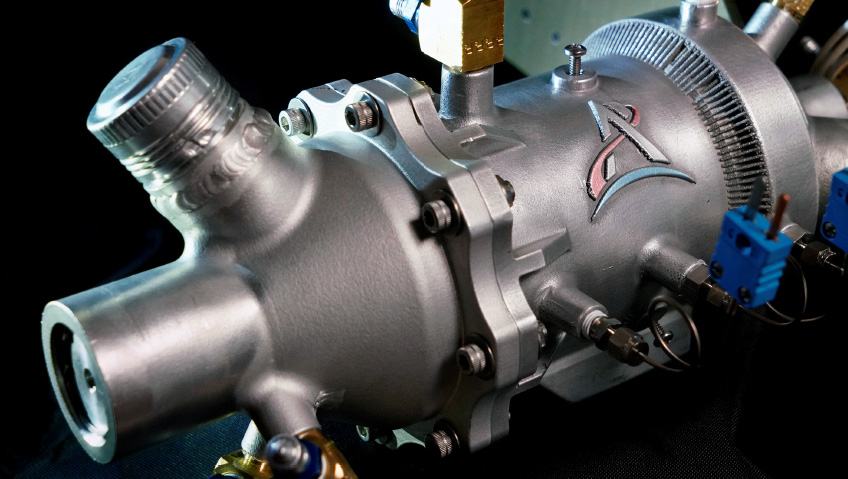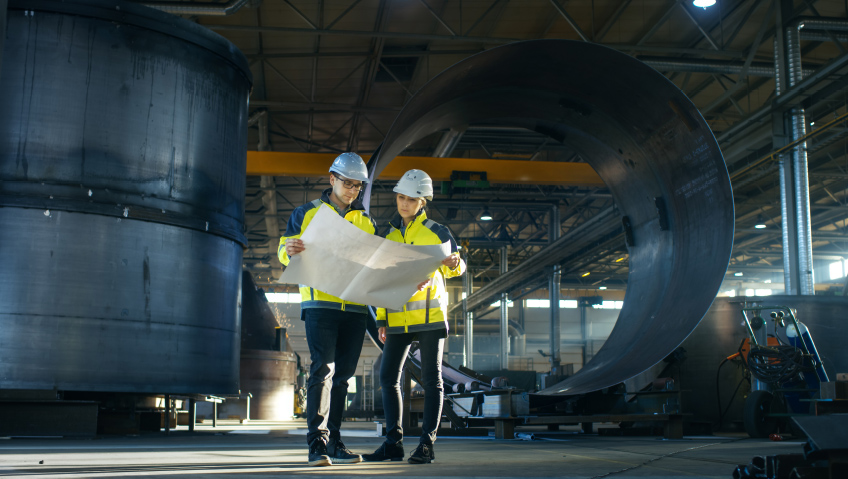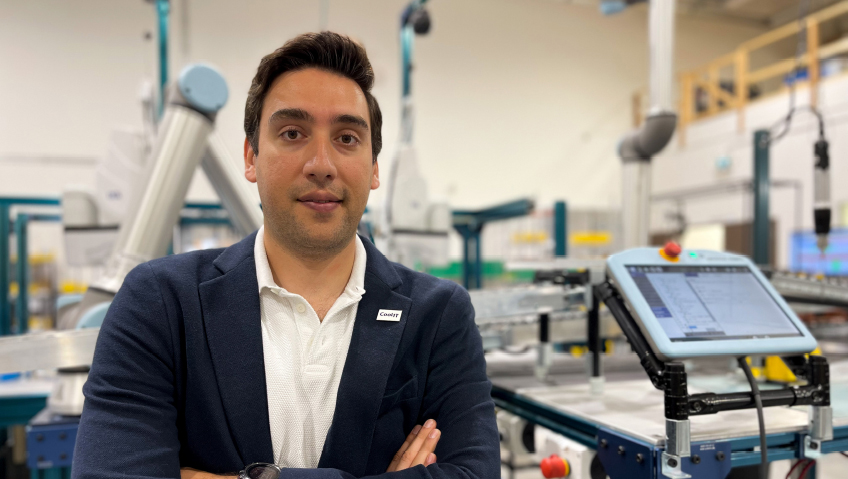Simply stated, Elementum 3D is unique in the formulation of advanced metals, alloys, ceramics and metal matrix composite powders for the additive manufacturing (AM) sector. In reality, what this company does is far more complex and far-reaching.
As a disruptor in the AM space, Elementum 3D has successfully taken previously unprintable materials and made them printable, which has rapidly accelerated the advancement of AM processes and metal 3D printing, as well as the performance of the products being manufactured.
A new approach to a new technology
Through the research and development efforts of its team of highly trained materials science and metallurgy experts, Elementum 3D established a way to overcome the two fundamental challenges of 3D printing: the need for a broader range of materials; and the need for improved processes in which these materials can be utilized.
In order to expand the material repertoire available to AM, Elementum 3D introduced a revolutionary approach for a relatively new technology: its proprietary patented reactive additive manufacturing (RAM) process.
“The RAM process gives us additional freedom to make unprintable materials printable. So, because we have this technology, it means we can take a standard off-the-shelf printer and do things people said aren’t possible, like printing high-strength aluminums,” explains President and Founder Dr. Jacob Nuechterlein.
By forming sub-micron ceramic reinforcement phases within production quality alloy powders, Elementum 3D produces printable, high-performance metal matrix composites that, in turn, have established the company as a leader in metal alloy AM, powder research, material and print process development, and scaled production.
Elementum 3D’s metal, ceramic and composite powders have distinctive properties (ideal particle size, shape, density and composition) that meet precise tolerances for demanding applications. Products manufactured with AM are proven to have enhanced strength, conductivity, ductility, low magnetic permeability, durability, hardness, stability, and heat resistance.
“From the beginning, we were looking at offering materials you can find in a machine shop but for metal 3D printing, so you could take advantage of metal 3D printing and still not compromise the materials,” shares Dr. Nuechterlein of the motivation to develop the next-generation materials that would enable AM in ways never before seen.
From a material library standpoint, Elementum 3D offers both RAM and non-RAM materials, but its RAM library is impressive, now boasting six varieties of aluminum and three nickel alloys, with properties surpassing the material’s non-AM equivalent.
More recently, Elementum 3D received a Direct to Phase II SBIR contract from DARPA to develop a process by which pure rhenium can be used to fabricate complex components. Traditionally difficult to process as a refractory metal, rhenium has the second highest melting point of all metal elements, making it highly attractive for very high-temperature applications such as rocket propulsion components.
A sound business case for additive manufacturing
Thanks to advancements made by Elementum 3D, metals like aluminum can now be printed with faster production speeds at reduced equipment costs, making AM and metal 3D printing competitive with traditional manufacturing processes on price and functionality.
Despite the advantages of Elementum 3D’s next-generation materials, introducing new materials and technologies to any industry can be a hard sell. This is especially true of the manufacturers in the mission-critical industries that Elementum 3D supports, such as aerospace, energy, healthcare and defense. Elementum 3D found early success in rocket engines, high-end automotive parts like engine components for F1, and cooling components for servers, but from a sales standpoint there were two major challenges: long sales cycles; and the need to prove out the performance of the materials in a significant way.
To demonstrate the value Elementum 3D offered, Dr. Nuechterlein and his team needed to, as he says, “showcase something wildly different—rather than it being ten percent better, as I’ve seen in other industries, where you adapt it and move on. This had to be wildly better for anyone to consider taking on a new material or a new project using our materials in the manufacturing process,” which they did.
Education is key
To be recognized by manufacturers in the market, Elementum 3D has not only had to develop impressive materials and print processes that have changed the state of AM; the company also had to take on the role of educator.
As Dr. Nuechterlein recalls, “There was a lot of education at the beginning just about 3D printing and metal 3D printing in particular, and then an additional step to teach them about our materials and what makes our materials different.”
Elementum 3D educates manufacturers on where and where not to use AM, helping them to understand the business cases and the opportunities to do so and working with them to ensure optimal results. There are also efforts underway to ensure AM is recognized by standards bodies and included in their regulations. Elementum 3D has worked with F1 to be included in their rule book and continues to identify opportunities to advance AM (and its materials) in this regard.
The philosophy driving success
Beyond the materials and processes, which are revolutionary in their own right, one of Elementum 3D’s greatest strengths has to be the ability to strike a balance between the dichotomy that is the builder / protector mentality.
“The builder mindset and the protector mindset: both are necessary for human advancement and for things to go well and for things to go right. When you can address the concerns of the protector and build on the dreams of the builder, I think that’s why we’ve gotten traction in the market like we have,” says Dr. Nuechterlein.
While Elementum 3D is a materials company, it goes beyond the development and supply of materials. “We hand you the whole process and then help you with that process for your particular application and walk you through it. That’s something that doesn’t exist elsewhere,” Dr. Nuechterlein notes.
The company’s mission to “enhance lives by developing groundbreaking high-performance 3D printing materials and technology that can turn innovative concepts into reality” is an honorable one and one it continues to achieve as it forges ahead.
With a continued focus on material development and the drive to advance the AM sector as a whole, Elementum 3D and its impact will endure, pushing the limits of what is possible in AM and metal 3D printing for the betterment of the manufacturers who utilize the materials and the end users who rely on the parts and components across diverse industry applications.






